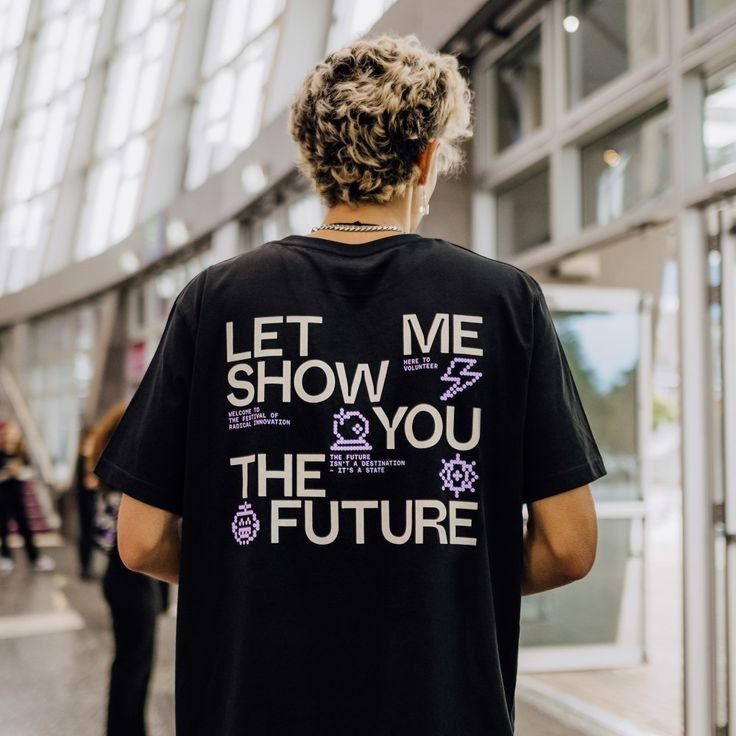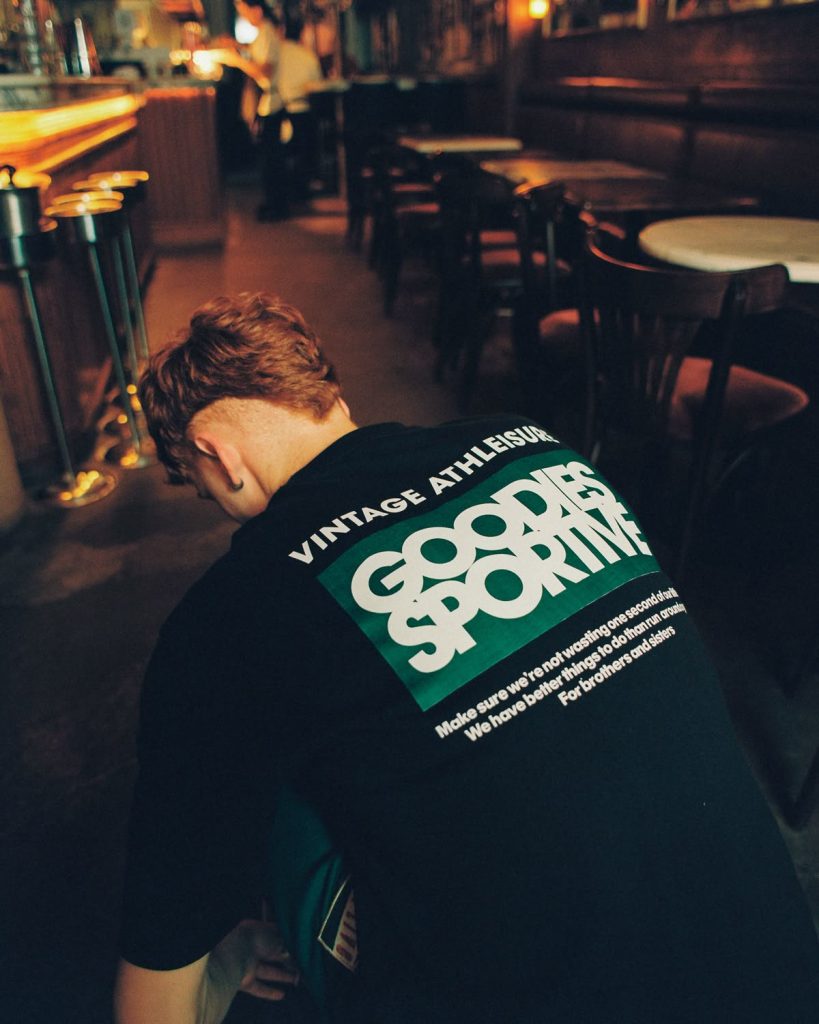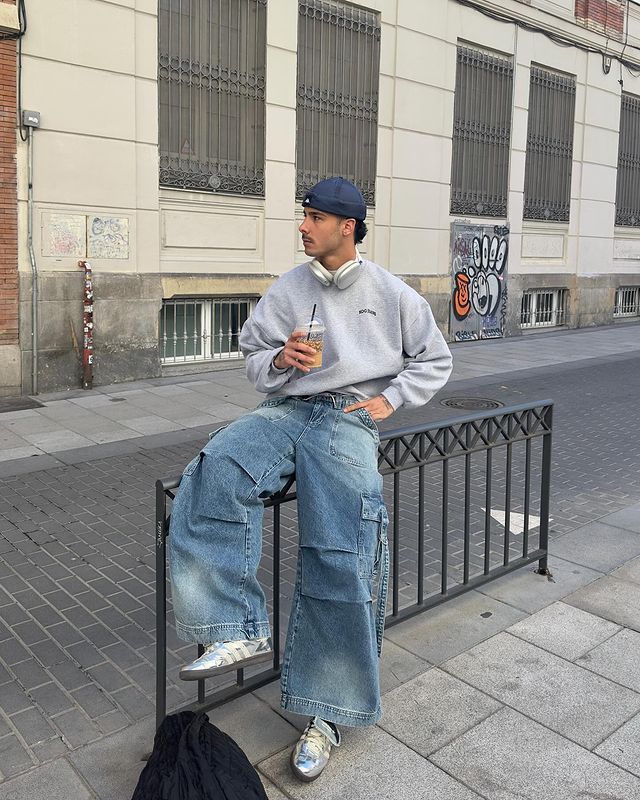Introduction – Where Technology Meets Textile
Fashion has always been a living, breathing expression of cultural evolution, and in the twenty-first century, it is entering a bold new era. The concept of “Digital Drapes” encapsulates the merging of traditional garment craftsmanship with the transformative power of modern technology. This is not just about clothing enhanced by technology—it is about an entirely new aesthetic language where fabrics, forms, and virtual experiences interlace seamlessly. From intelligent fibers that respond to environmental changes to virtual couture collections that exist only in the digital space, this frontier challenges the boundaries of what we define as style. Designers, technologists, and artists are shaping a world where draping a fabric is as much a matter of code and algorithms as it is of cutting and stitching.
The Rise of Digital Fabrication in Fashion
Digital fabrication is revolutionizing the way garments are conceived, produced, and worn. In this realm, 3D printing, laser cutting, and computerized knitting machines create precise, intricate forms that once seemed impossible. Designers are no longer restricted by traditional sewing patterns; instead, they can sculpt silhouettes that respond to the body’s movement in real time. The drape of a gown can be engineered pixel by pixel, each fold informed by mathematical models. This technology opens doors to on-demand manufacturing, reducing waste and offering unparalleled customization for every wearer.
Virtual Couture and the Immersive Runway Experience
Runways are no longer limited to physical venues with seated guests. In the age of digital drapes, couture can be experienced entirely in virtual reality. Designers craft garments with luminous threads of light, textiles made from pure data, and patterns animated with movement. The immersive nature of VR fashion shows allows audiences around the globe to interact with the clothing in ways previously unimaginable—zooming into microscopic details, viewing garments from any angle, or even altering colors and patterns in real time. These experiences redefine exclusivity, as couture becomes both universally accessible and infinitely adaptable.
Smart Textiles and Interactive Fashion
Fabrics that breathe, illuminate, and respond to touch are no longer science fiction. Smart textiles integrate tiny sensors, conductive threads, and shape-memory alloys to create clothing that adapts to the wearer’s needs. Jackets can warm you on a cold morning and cool you in the midday heat; dresses can shift color based on mood or lighting. The elegance of these digital drapes lies in their subtlety—technology woven invisibly into the fabric, enhancing beauty without overshadowing it. This intimate relationship between textile and wearer transforms clothing from a static object into a dynamic, responsive companion.
Sustainability in the Digital Fashion Frontier
As fashion embraces its digital future, it also has the chance to confront one of its most pressing challenges: sustainability. Digital draping techniques allow designers to prototype garments virtually, eliminating the waste of physical samples. On-demand digital production means fewer unsold items and less landfill waste. Even in the realm of purely virtual clothing—worn only on social media or in gaming environments—there is the possibility of expressing personal style without any material consumption. This shift not only protects the planet but also redefines what it means to own and wear a garment.
Cultural Shifts and the Aesthetic of the Future
Digital drapes are not only a technical innovation—they represent a cultural shift in how fashion is perceived and experienced. Clothing is no longer confined to the tactile world; it exists across multiple realities, blending physical form with digital presence. This hybrid aesthetic is influencing everything from streetwear to haute couture, merging minimalism with maximalist digital embellishments, traditional craftsmanship with futuristic vision. The result is a fashion language that is fluid, boundaryless, and constantly evolving.
The Role of the Designer in the Digital Age
The designer’s role is expanding beyond sketchbooks and fabric swatches into realms of coding, 3D modeling, and immersive storytelling. Today’s fashion creator must be as comfortable navigating virtual design software as they are draping muslin on a mannequin. Collaboration between disciplines is key: garment makers work alongside software engineers, animators, and data scientists to push the limits of form and function. This synergy is shaping a new creative economy where innovation is measured not just by aesthetic beauty but also by technological ingenuity.
Conclusion – Draping the Future in Pixels and Threads
The evolution of fashion into the world of digital drapes signals the dawn of a transformative era. As technology and artistry intertwine, the very nature of clothing is being reimagined. No longer just fabric stitched into wearable form, garments can now be living, interactive experiences that exist across physical and virtual realms. This fusion of old-world craftsmanship and cutting-edge technology is redefining not only how we dress but how we express identity, culture, and creativity. The future of fashion is not confined to what hangs in our closets—it is woven into the very fabric of our digital lives, draped elegantly across the threads of innovation and imagination.




